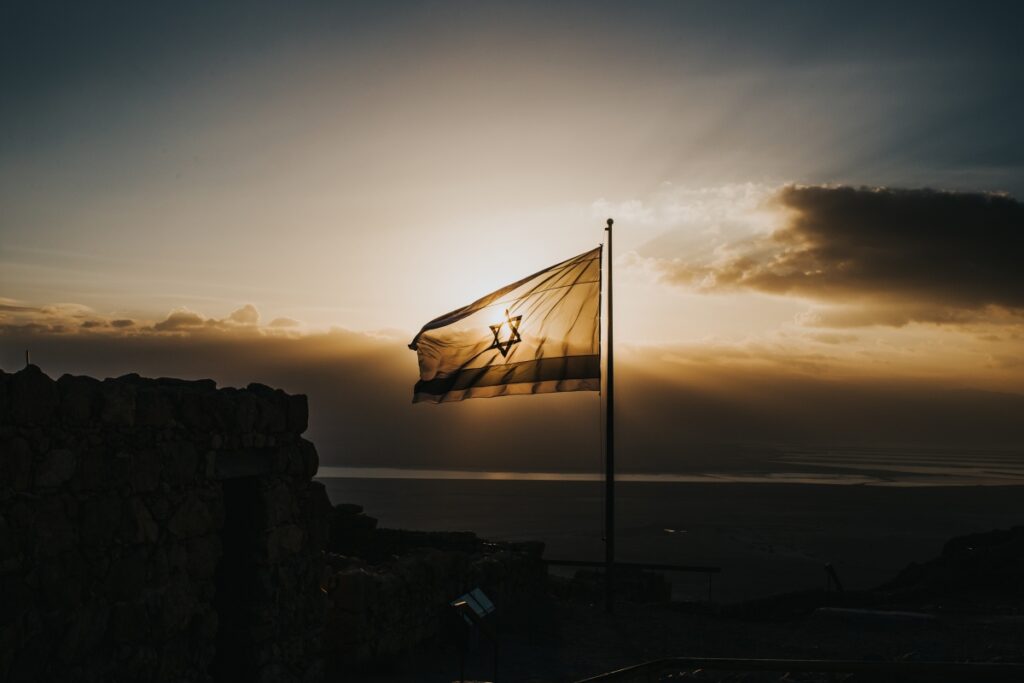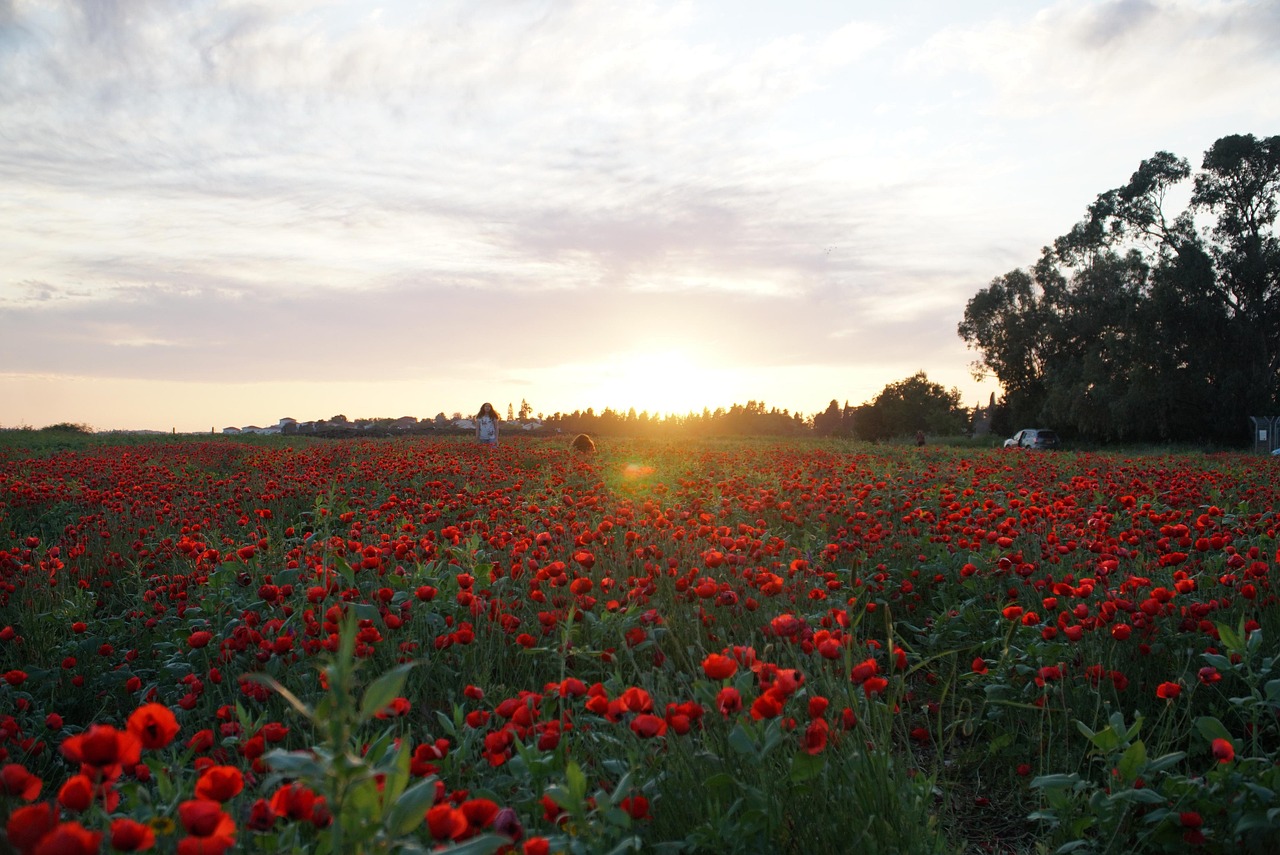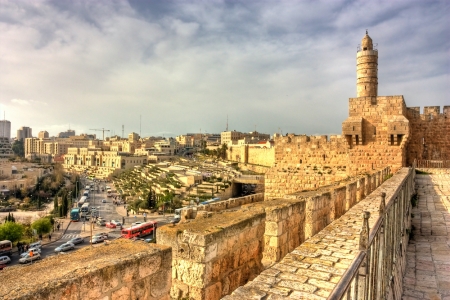One of the most challenging moments in the Jewish-Israeli calendar year is the moment of transition from Yom Ha’Zikaron (Memorial Day) to Yom Ha’Atzmaut (Independence Day).
Each year, these important and momentous days take place one day after the other, forcing Israelis to grapple with the stark transition from solemn and somber to jubilation and celebration.
As the sun sets, the national pathos shifts from sorrow to joy in a matter of moments. This stark transition captures the intensity of modern Israeli life, however, many Israelis feel alienated by the official commemorations that emphasize nationalism or religion. With war an unfortunately common occurrence and memories of lost friends and family abound, Beit Tefilah Israeli recognized a number of years ago the need for a sensitive ceremony that celebrates Israel’s national triumph, yet expresses the sorrow for a dream of peace, still unfulfilled.
Framed by the famous lines of Ecclesiastes, “a time to mourn and a time to dance, a time of war and a time of peace,” the ceremony weaves together songs, poems, Israeli author David Grossman’s eulogy for his son who fell in combat in 2006, quotes from the prophet Zachariah and inspiration from Theodore Herzl, one of Israel’s founders and ritual moments. The centerpiece of the ceremony is a modern Havdalah prayer, modeled after the Shabbat Havdalah prayer said every Saturday night—this time separating between the holy sorrow of Yom Ha’Zikaron and the holy joy of Yom Ha’Atzmaut and making this transition meaningful and touching.
Download the full ceremony below. This ceremony was conceived, developed, and performed by Beit Tefilah Israeli throughout the last decade. This English version was created with the help of many friends, among them Orly Moss, Adina Newberg, and many others. The Hebrew version is republished by permission by ACUM (acum.org.il).












